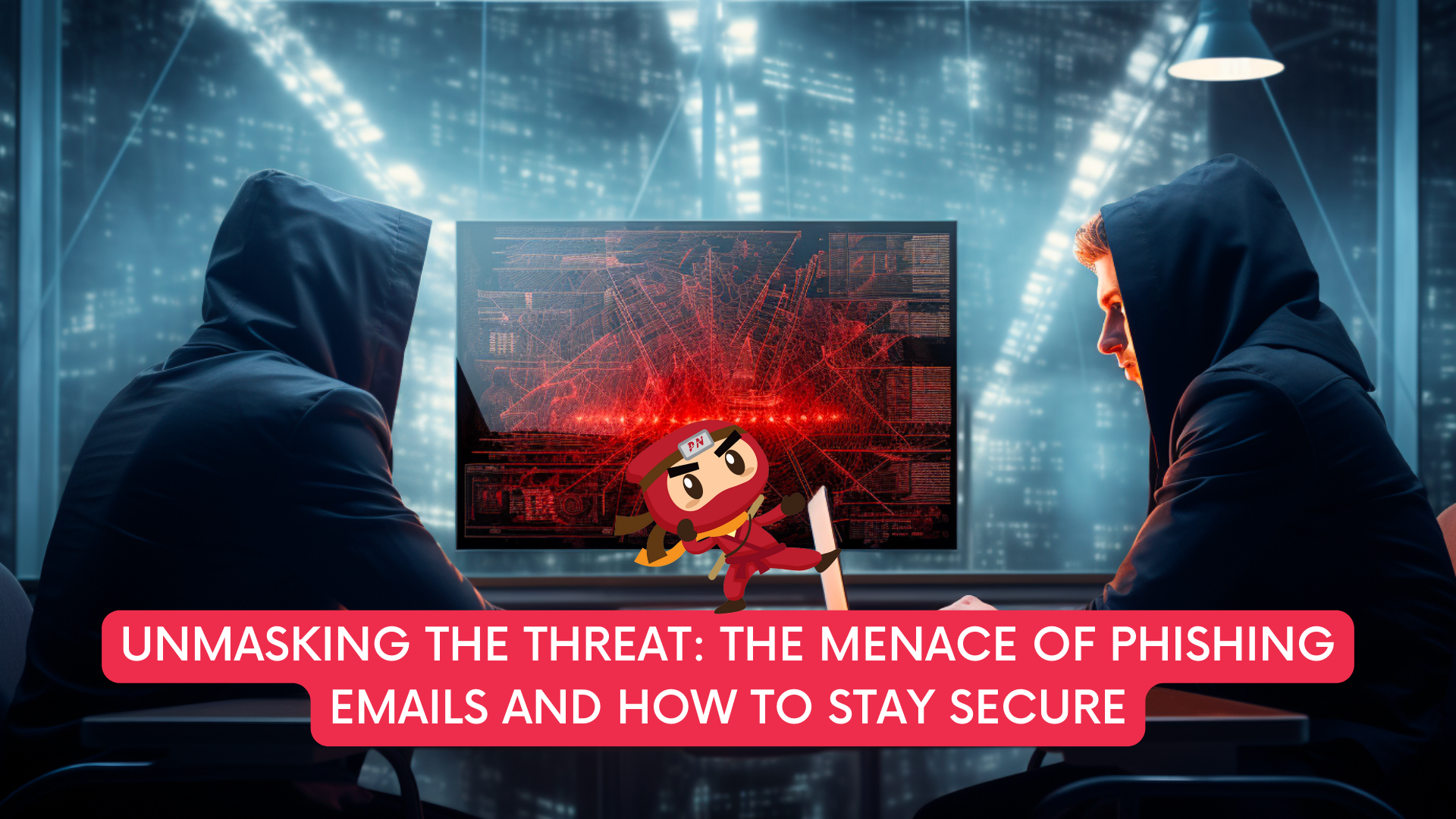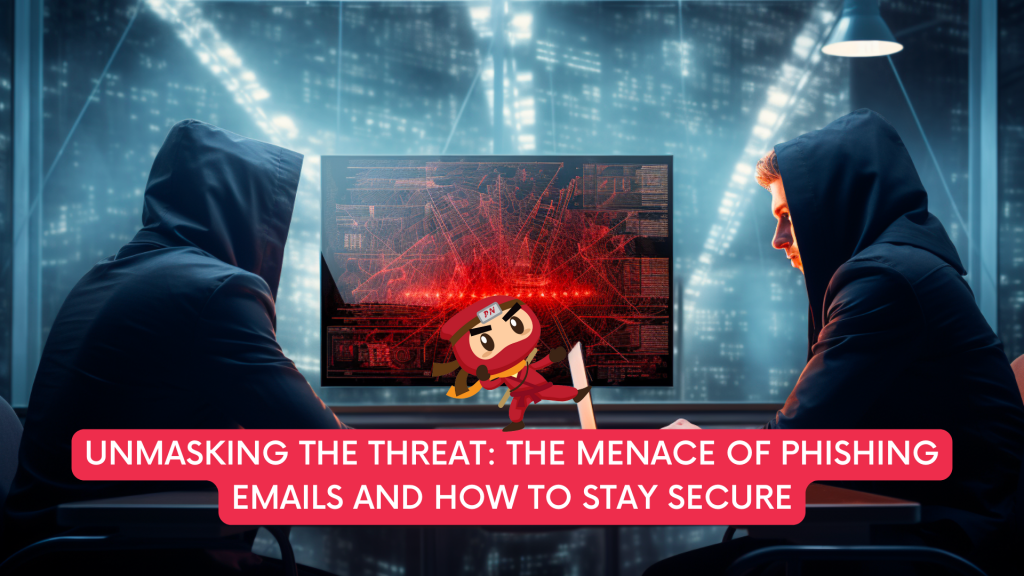KEEP IN TOUCH
Subscribe to our mailing list to get free tips on Data Protection and Cybersecurity updates weekly!







In the ever-evolving landscape of cyber threats, phishing emails stand out as a persistent and dangerous scam that targets individuals and organizations alike.
These deceptive messages, disguised as legitimate communication, aim to trick recipients into revealing sensitive information, such as login credentials and financial details. As we delve into the world of phishing, it is crucial to understand the tactics employed by cybercriminals and arm ourselves with the knowledge to recognize and thwart these attacks.
Phishing emails are designed with cunning precision, often masquerading as trustworthy entities or individuals. Cybercriminals exploit various psychological triggers to manipulate recipients into taking actions that compromise their security. Common elements of a phishing email include:
Sender Spoofing:
Urgent Language and Threats:
Malicious Links and Attachments:

Spear Phishing:
Clone Phishing:
CEO Fraud/Business Email Compromise (BEC):
III. Recognizing and Avoiding Phishing Attacks:
Verify Sender Information:
Hover Over Links:
Question Urgency and Tone:
Use Two-Factor Authentication (2FA):
Educate and Train Employees:

Advanced Email Filtering:
Security Software:
Regular Security Audits:
Stay Informed:
Phishing emails continue to pose a significant threat to individuals and organizations, with cybercriminals refining their techniques to bypass traditional security measures. Recognizing the signs of phishing attempts and implementing proactive cybersecurity measures are crucial steps in safeguarding personal and sensitive information. By staying informed, exercising caution, and employing robust cybersecurity practices, individuals and organizations can fortify their defenses against the ever-present menace of phishing emails. Remember, the key to cybersecurity is vigilance and education.
Your appointed DPO can work with you on your PDPA compliance, ensuring that there will be policies in place to make sure that the handling of personal data is PDPA compliant.
A Data Protection Officer (DPO) oversees data protection responsibilities and ensures that organisations comply with the Personal Data Protection Act (PDPA). Furthermore, every Organisation’s DPO should be able to curb any instances of PDPA noncompliance as it is the officer responsible for maintaining the positive posture of an organisation’s cybersecurity.
DPOs complement organisations’ efforts to ensure that the organisation’s methods of collecting personal data comply with the PDPA. It also ensures that policies are set in place to make sure that there will be no instances of data breaches in the future.
Don’t wait any longer to ensure your organisation is PDPA compliant. Take our free 3-minute PDPA Compliance Self-audit checklist now, the same “secret weapon” used by our clients to keep them on track. Upon completion, we will send you the results so you can take the necessary action to protect your customers’ data. Complete the free assessment checklist today and take the first step towards protecting your customers’ personal data.